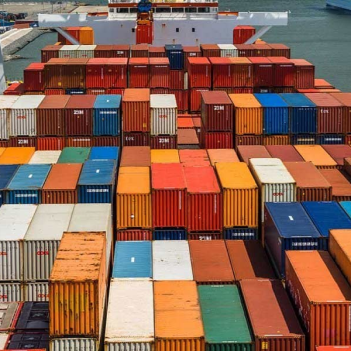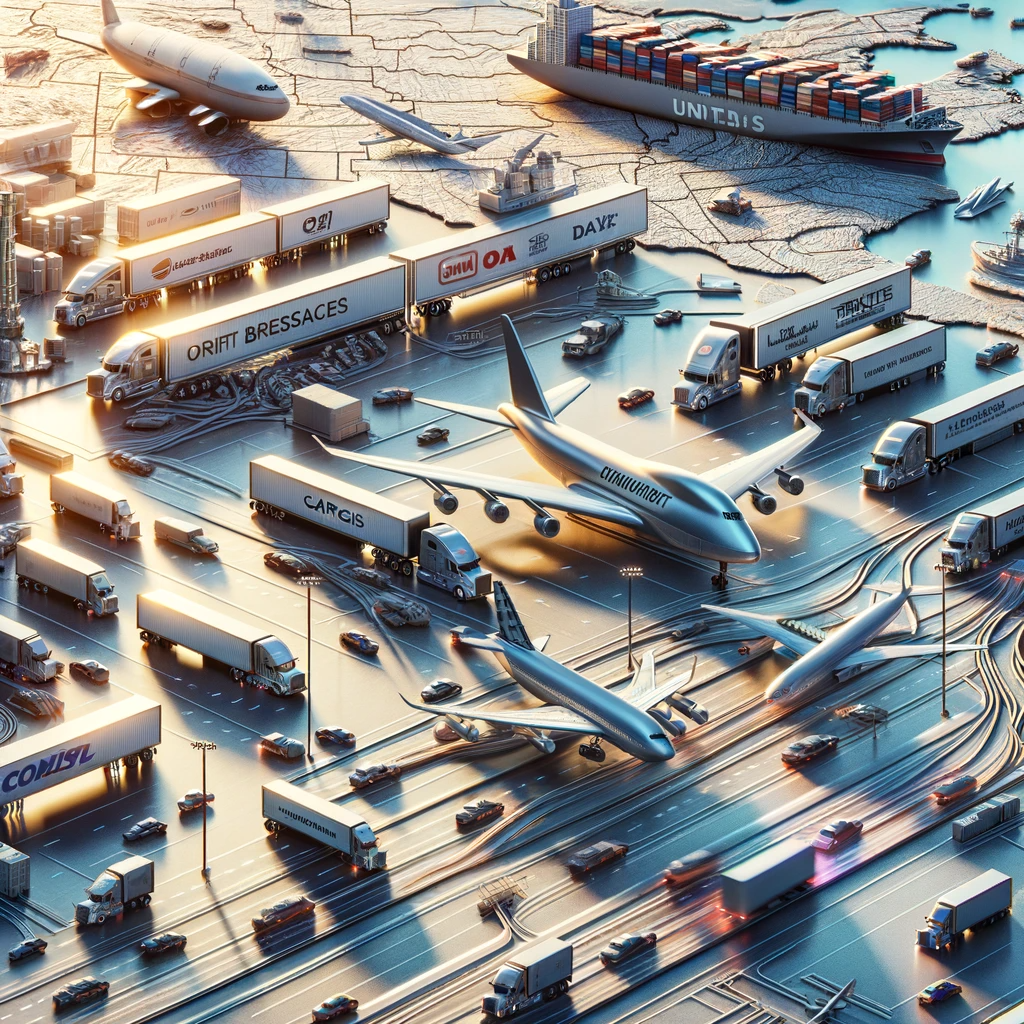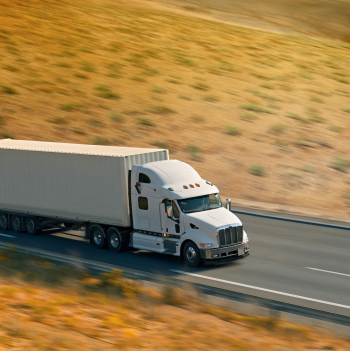Transloading is a crucial logistics operation that involves transferring goods from one mode of transportation, such as rail or ocean vessels, to another, often trucks or warehouses. The efficiency and effectiveness of a transloading operation rely heavily on having the right machinery and equipment in place. In this blog post, we will explore the essential machinery and equipment required to run a successful transloading operation.
1. Cranes and Forklifts:
One of the most critical aspects of transloading is the efficient movement of cargo between different modes of transportation. Cranes, both mobile and stationary, are used to lift and position heavy containers or cargo. Forklifts are essential for handling palletized goods and smaller loads. These machines ensure safe and precise cargo handling during transloading operations.
2. Conveyor Systems:
Conveyor systems are indispensable for continuous and automated cargo transfer. They are particularly useful for transloading bulk materials, such as grains, aggregates, or liquids. Conveyors can load or unload cargo from trucks, railcars, or storage facilities, improving speed and reducing manual labor.
3. Container Handlers:
Container handlers are specialized machinery designed to move shipping containers efficiently. They come in various sizes and configurations, including top picks, reach stackers, and straddle carriers. Container handlers enable the rapid and safe movement of containers within a transloading yard.
4. Hoppers and Chutes:
For transloading bulk materials, hoppers and chutes are used to direct the flow of cargo into containers or trucks. They ensure precise and controlled loading, preventing spillage and waste.
5. Truck Scales:
Accurate weighing is crucial in transloading operations, especially when determining shipping costs or complying with weight regulations. Truck scales allow for precise weight measurements of cargo before and after transloading, ensuring accurate billing and compliance.
6. Storage and Warehousing Facilities:
In some cases, transloading operations require temporary storage of cargo before onward transportation. Warehouses equipped with racks, shelves, and climate control systems may be necessary for goods that need to be stored temporarily.
7. Intermodal Equipment:
Intermodal equipment includes items such as chassis and flatbed trailers, which are used to transport containers to and from the transloading facility. The availability of these assets ensures a smooth and continuous flow of cargo.
8. Environmental Equipment:
To comply with environmental regulations and promote sustainability, transloading operations may require equipment like dust collectors, pollution control systems, or spill containment measures, depending on the nature of the cargo being handled.
9. Security and Safety Equipment:
Security cameras, access control systems, and safety equipment like fire extinguishers and emergency exits are essential for maintaining a secure and safe transloading environment.
10. Technology and Software:
Modern transloading operations rely on software solutions for inventory management, scheduling, and tracking. GPS and RFID technologies provide real-time visibility into cargo movement and enhance operational efficiency.
Conclusion:
A well-equipped transloading operation is essential for the smooth and efficient transfer of goods between transportation modes. Investing in the right machinery and equipment tailored to the specific needs of your operation is crucial for success. Whether you’re handling bulk materials, containerized cargo, or a combination of both, having the appropriate tools and technology in place will ensure that your transloading operation runs smoothly, efficiently, and safely, contributing to the overall success of your logistics and supply chain endeavors.







